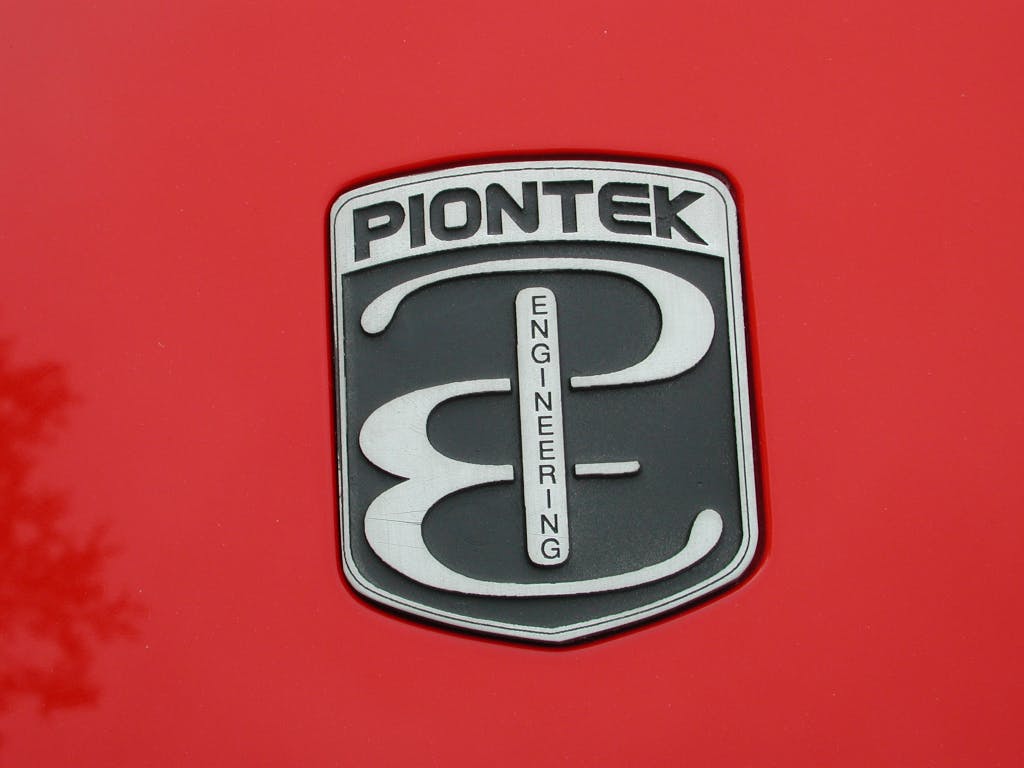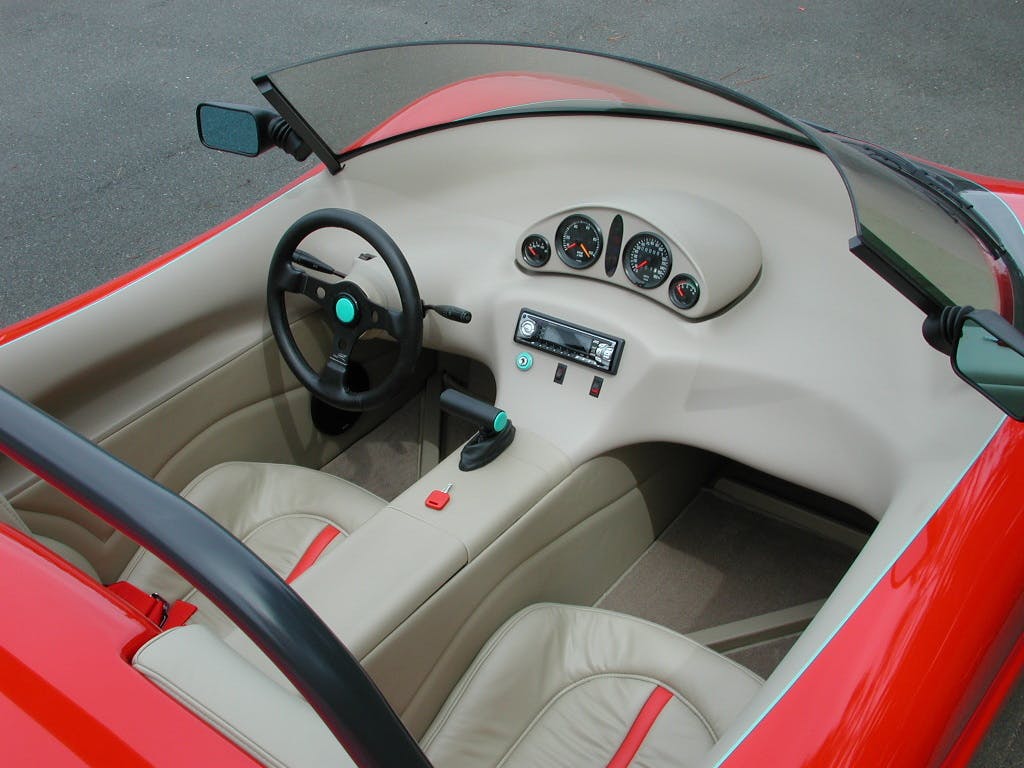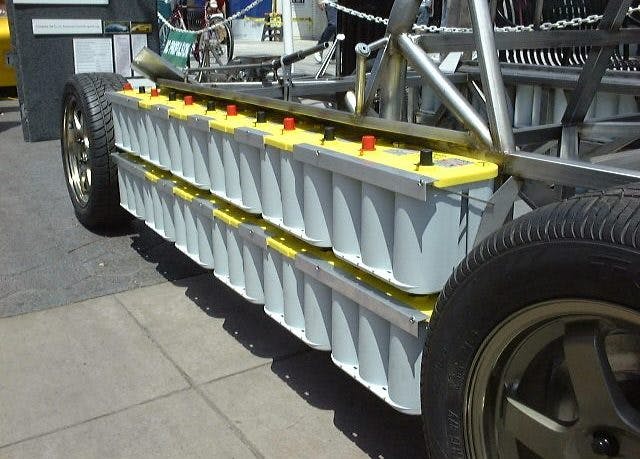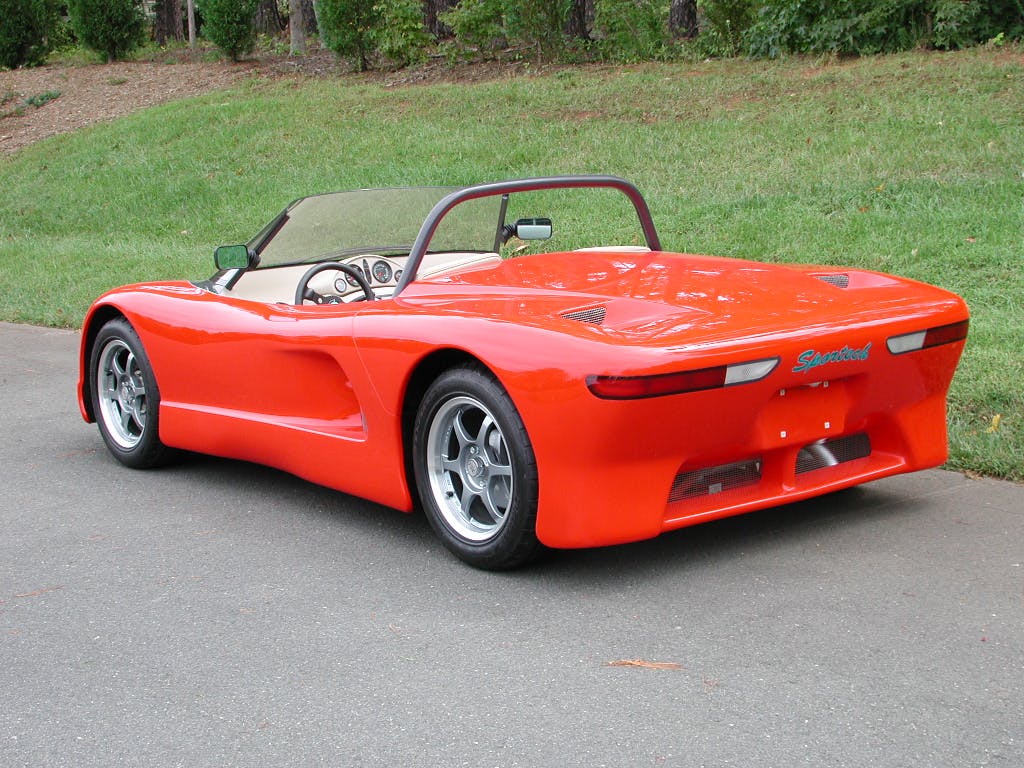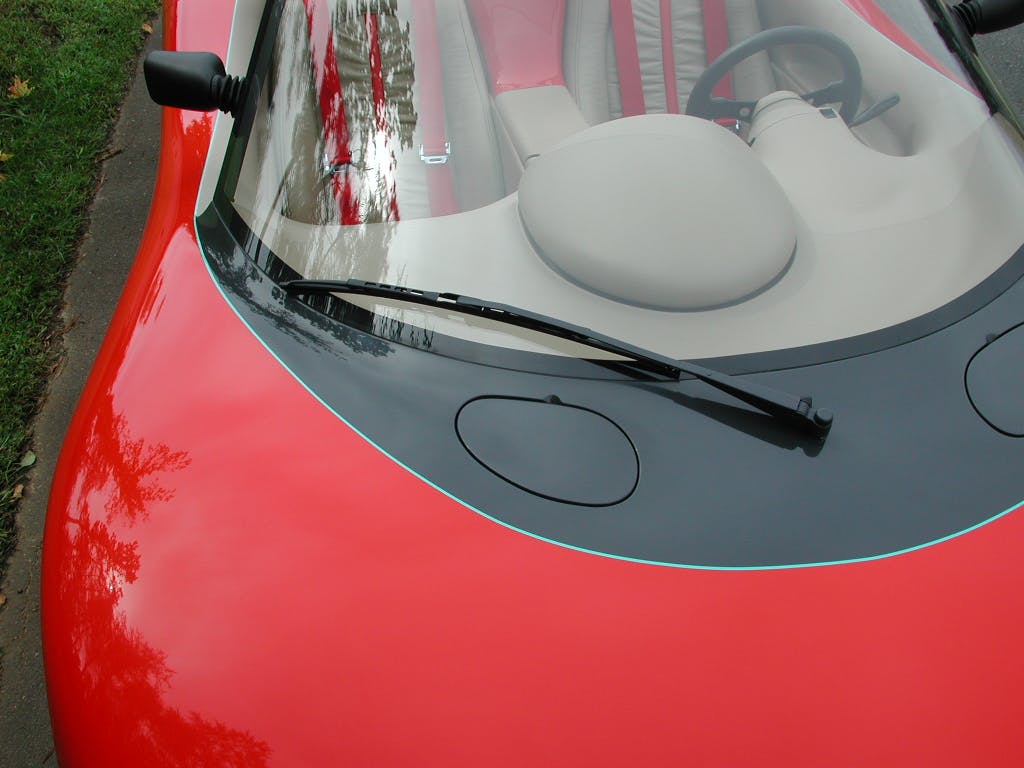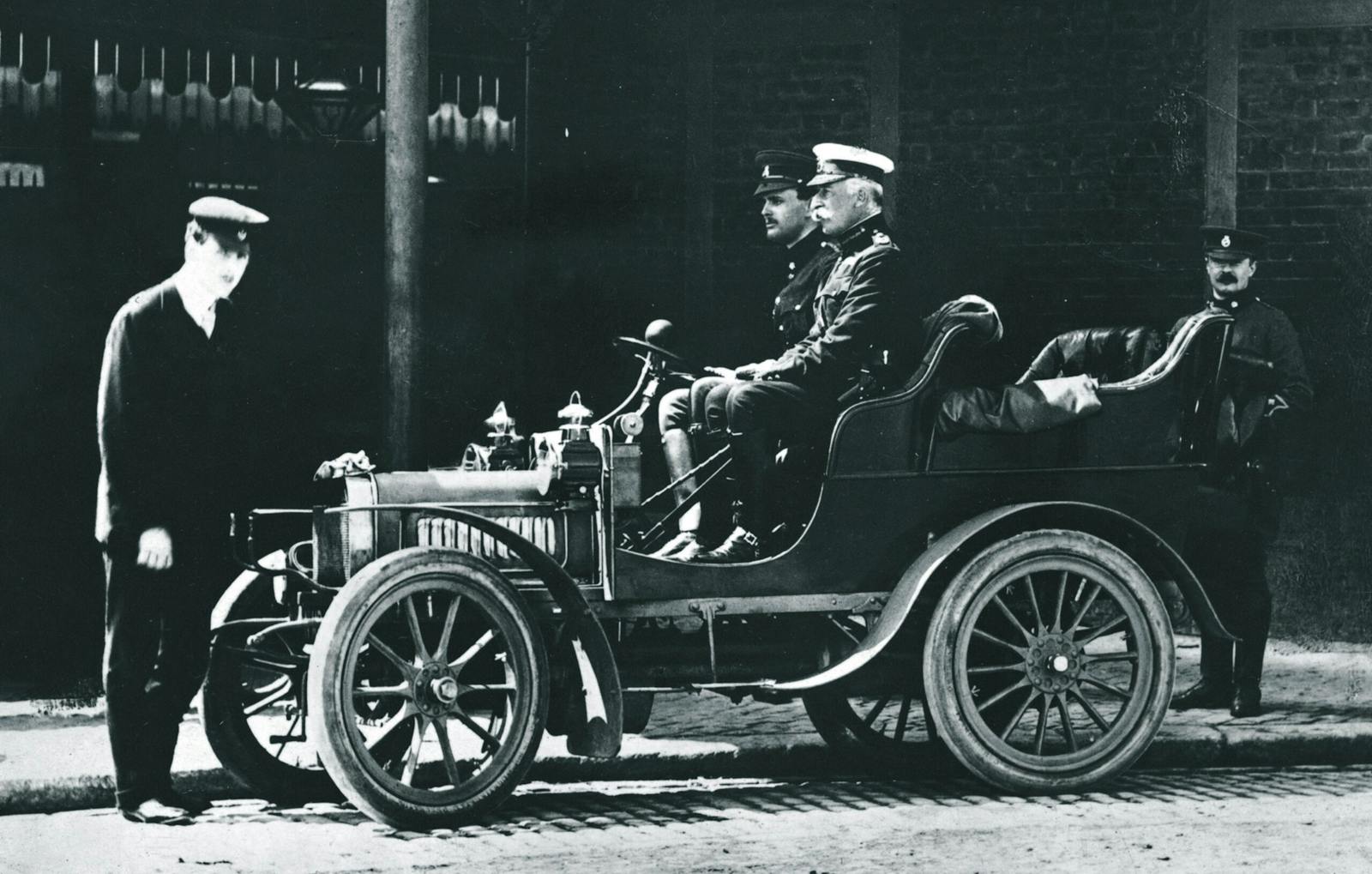Tesla’s towering electric oak tree grew from this little-known acorn

In his wildest fantasies, did Elon Musk ever envision that Tesla—in under two decades—would grow from a wobbly startup into the world’s most valuable car company? Or that his role as the auto industry’s grand disrupter would make him, as of this writing, the second-wealthiest individual on earth? How about that a Michigan engineer would build a home-grown roadster that would eventually inspire Tesla to become the planet’s leading electric car brand?
During the 1980s, Musk spent his teenage years with his face pasted to computer screens. Dave Piontek, Musk’s unwitting benefactor, was then a Ford engineer who spent leisure hours fiddling in his Canton, Michigan, garage. Hired in 1972 to engineer air cleaners, Piontek raised his hand for a more interesting assignment at Ford’s Design Center after spotting a prototype circulating the company’s Dearborn proving grounds.
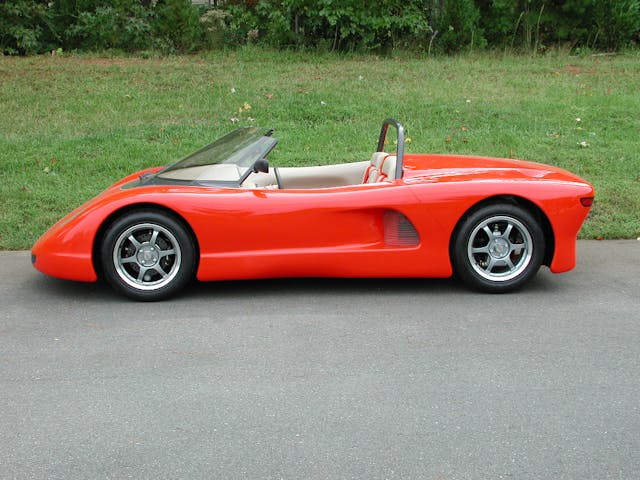
“Always fascinated by cool cars, I spent 2000 hours constructing the first Sportech roadster,” recalls Piontek. This homemade Lotus rode on a steel-tube frame with independent suspension at each corner and was powered by a Suzuki four-cylinder motorcycle engine mounted amidships. Wrapped in Kevlar-reinforced-plastic bodywork sculpted by Piontek’s work colleagues Greg Miller and Mark McChesney, the 1234-pound Sportech was the ideal medication for soothing 9–5 headaches via an evening buzz around the block. In a 1989 Car and Driver test, this concoction hustled from rest to 60 mph in 4.5 seconds and circulated the skid pad at 1.00 g.

“Upon its completion, I proudly presented my creation at Ford Design’s courtyard. Design chief Jack Telnack complimented the effort but my boss and supervisor were embarrassed by the meeting,” Piontek notes, “because Ford couldn’t get anything resembling my car running for less than a million bucks!” That seemingly minor affront led to an abrupt career change. In 1990, Piontek left Ford to join ASC (American Sunroof Company), where he earned five patents.
Piontek built and sold six Sportechs (Sport-Tech at birth) with prices ranging from $32,000 to $53,000. One was purchased by the San Dimas, California, firm AC Propulsion (ACP), an enterprise founded in 1992 to advance the electric car cause. When General Motors needed propulsion and control expertise to advance its Impact Experimental electric coupe to production status, ACP was contracted to supply the required expertise.
In 1997, ACP showcased its capabilities in a sports car called “tzero” presented at the Los Angeles Auto Show. Armed with electric vehicle rights purchased from Piontek, ACP constructed three tzeros with revised exterior design, an AC motor for propulsion, and a vast array of lead-acid batteries providing the mobile energy.
In 2003, after logging 63,000 miles in one tzero, ACP replaced the original batteries with 6800 lithium ion cells ordinarily used in laptop computers, tripling the available energy while trimming some 500 pounds of road-hugging weight. Zero-to-sixty acceleration dropped from 4.1 to 3.6 seconds and the ACP car offered more than 300 miles of driving range.
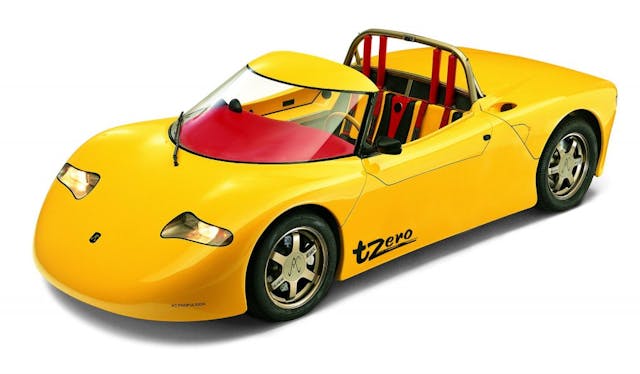
Tesla Motors was incorporated in July of 2003 with the desire (but not yet the technology) to build electric cars. Founder Martin Eberhard’s shopping effort soon turned up ACP, which had the expertise, but not the desire, to manufacture at scale. Eberhard borrowed a tzero for three months to serve as his daily driver, and in doing so he became convinced that a bright future did indeed exist for electric cars.
Musk entered the picture when friend J.B. Straubel, who later became Tesla’s chief technology officer, insisted he test-drive the tzero. Musk later acknowledged that the car “didn’t have doors, or a roof, or any airbags, or an effective cooling system for the battery. It was not safe or reliable.” Nonetheless, Musk was smitten and did his best to convince ACP management to commercialize its design. Not interested in doing so, ACP did at least introduce Musk to Tesla’s Martin Eberhard, Marc Tarpenning, and Ian Wright, who shared the same electric production car enthusiasm.
Within six months, the budding Tesla enterprise had raised $7.5 million in start-up capital, $6.6 million of which Musk provided from funds acquired by his sale of PayPal. The aim from the beginning was a combination car maker and technology company with proprietary battery, motor, and software control systems. Initially, Musk served as chairman of the board of directors, Eberhard was CEO, and Tarpenning was the chief financial officer and vice president of electrical engineering. Straubel joined the firm as the technology chief. Cofounder Ian Wright departed in pursuit of other opportunities after a year at Tesla.
In 2008, Musk took over as CEO when Tesla’s first product, the Roadster, was introduced. That seminal model followed the ACP tzero’s strategy by combining a few Lotus Elise chassis and body components with an all-Tesla electric driveline.
Last year Tesla assembled four different electric vehicles (Model 3, Model X, Model Y, and Model S) in plants located in California and Shanghai, China, with production topping 500,000 units. Additional factories are under construction in Texas and Germany. The revived Tesla Roadster, a planned $200,000 2+2 Targa with stowable roof panels, is expected later this year.
Asked if he’d be interested in purchasing a new Tesla Roadster, Piontek replied, “Probably not. Its range and carrying capacity don’t fit my current Michigan-to-Florida migratory lifestyle. But if Elon Musk offered me a Model S as a thank-you gesture, I’d happily accept that.”
